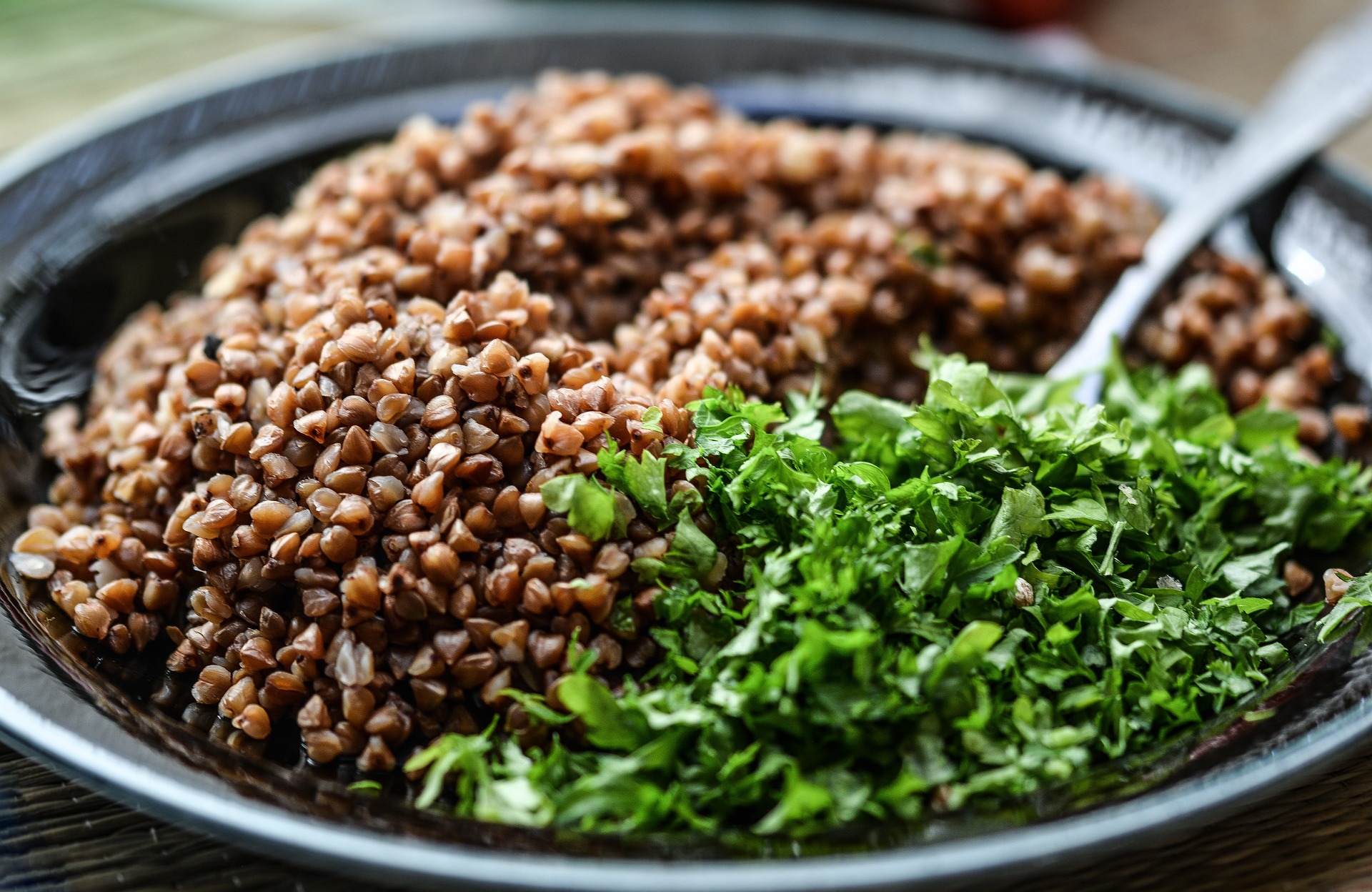When it comes to losing weight, gaining muscle and maintaining optimal health, what and how we eat plays a huge role in determining whether we are successful in achieving what we want/need. It is without a doubt that diligently tracking calorie and macronutrient intake has worked and continues to work well for a broad range of people. However, due the somewhat time consuming and restrictive nature of this mode of food tracking, often people only do it for a short period of time or abandon it completely. It goes without saying that this can lead to subpar results and discontentment.
It does not matter how well an eating plan is written, or how many other people have had fantastic results following it, if it does not work for you and your lifestyle, most likely you are not going to stick with it. Consistency creates results, so you need to find what works best for you and stick to it as best you can.
Here is a short list of some simple suggestions that can go a long way towards reaching your weight management goals:
- Flexible dieting. This involves setting macronutrient limits for the day and trying to keep within these limits as much as possible. Yes, this still involves some tracking, but it is far less involved than tracking both macronutrient and calorie content. No foods are off the table, as long as they fit within the macronutrient limits. This is both a good and bad thing, as it encourages a more relaxed way of eating, but can lead to some nutrient deficiencies if a higher amount of processed or “junk” food is eaten. It is important to focus on eating unprocessed, nutrient dense foods to make sure adequate levels of vitamins and minerals are being supplied to the body.
- Fasting. Fasting is a very popular method of weight loss and management. Humans have been doing it for centuries, both intentionally and unintentionally. By having a smaller period of time to eat, you will generally consume less food, leading to less energy intake and hopefully more weight loss as your body has to rely more on its own stores of energy to go about the day. A simple way to implement fasting is to reduce when you eat to a 6–8-hour window per day, consuming only water and the bare necessities outside of this window. A note here is to focus on eating an adequate amount of protein during the feeding time to help safeguard against muscle loss, as well as perform resistance training to encourage protein synthesis.
- Carbohydrates around workouts. Speaking of resistance training, another suggestion is to consume most of your daily carbohydrates around your workouts. Your muscles are like sponges for energy; they need a lot of it to perform exercise. And, post exercise, they pull a lot of energy from the rest of the body to heal and grow. A workout will burn through carbohydrates like nothing else, both during the actual workout and for some time after. This is not a free ticket to eat whatever you want, but rather a more efficient way to utilise more energy and put it to good use. Unless you are carb loading for an event or competition, on days that you do not work out, try to eat less carbohydrates overall to avoid them being stored as fat.
- Meal size. Finally, have a look at the size of the meals you are eating and the effect it is having on your body. If you are attempting to lose weight, try reducing your portion sizes slightly and vice versa if your goal is to gain weight. Weight loss/gain should be gradual, but there will be jumps and plateaus here and there. Just like flexible dieting, focus on eating a good amount of unprocessed, nutrient dense food to avoid vitamin and mineral deficiencies.
These are just some suggestions to help build a consistent eating plan. There are many other suggestions and methods that can be utilized to improve results both in the short and long term. Whatever you do, try to stick with it for at least 6 to 8 weeks, as it can take some time for results to show. If you have no idea where to start, or you are not getting the results you want, speak to an expert in health and nutrition to get a better understanding of what will work best for you and your lifestyle.

